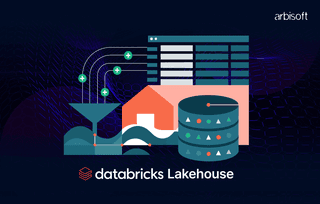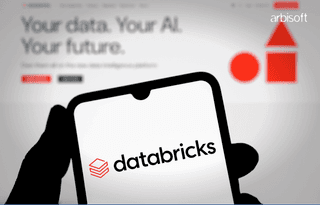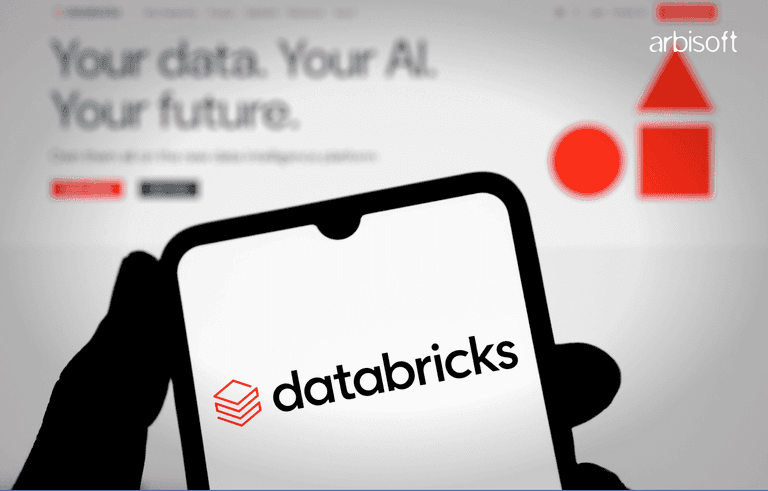We put excellence, value and quality above all - and it shows




A Technology Partnership That Goes Beyond Code

“Arbisoft has been my most trusted technology partner for now over 15 years. Arbisoft has very unique methods of recruiting and training, and the results demonstrate that. They have great teams, great positive attitudes and great communication.”
Web Data Scraping with Python: A Complete Guide

The internet is a vast ocean of information, and sometimes you need a special tool to fish out the specific data you need. Web scraping with Python equips you with that very tool, empowering you to extract valuable information from websites and unlock its potential.
This guide dives deep into the world of web scraping with Python, guiding you from absolute beginner to scraping pro.
But first...
Why Web Scraping?
Consider monitoring competitor pricing, tracking product availability, or analyzing real estate trends – all from the comfort of your Python code. Web scraping automates data collection, saving countless hours and opening doors to exciting possibilities. Some reasons to opt for web scraping are:
- Price Monitoring - Track competitor pricing strategies and optimize your own by scraping product prices at regular intervals.
- Data Analysis - Gather data for market research, sentiment analysis solutions, and trend identification by scraping relevant information from various sources.
- Lead Generation - Extract contact information (with consent, of course!) for targeted marketing campaigns.
- Content Aggregation - Compile news articles, blog posts, or product information from various sources to create a comprehensive resource.
Setting Up Your Python Environment
Let's get started! Here's what you'll need.
- Python - Download and install Python.
- Libraries - We'll use essential libraries for web scraping:
- requests - Allows us to send HTTP requests to websites to retrieve their content.
- BeautifulSoup - A powerful library for parsing HTML code and extracting data from websites with ease.
- Pandas - For data manipulation and analysis of the scraped data.
- Selenium - For scraping dynamic content that relies heavily on JavaScript.
Handling Pagination and Dynamic Content
Now let’s talk about overcoming two key challenges - pagination and dynamic content.
a. Pagination
Consider a giant library with bookshelves stretching as far as the eye can see. But instead of books, they're filled with the data you crave! The problem? Each shelf only holds a limited number of books. That's where pagination comes in. Websites often break down information into bite-sized chunks across multiple pages.
For this, we can use tools like "next page" links to navigate through these shelves, just like you would in a library. By following these links, you can gather all the data you need, with no page left behind. Even better, libraries like requests can automate this process, making you the ultimate data-collecting master!
b. Dynamic Content
Some websites present an added layer of complexity by relying on JavaScript to load content dynamically after the initial page render. This can make critical data or elements temporarily invisible, only becoming accessible once specific conditions are met.
This is where Selenium becomes indispensable. Unlike static scraping tools, Selenium automates browser interactions, enabling it to execute JavaScript and process dynamically generated content.
Choosing the Right Tool - Beautiful Soup vs. Scrapy vs. Selenium
Selecting the right tool for your web scraping project depends on the complexity of the website and the type of data you want to extract. Here's a more detailed breakdown of Beautiful Soup, Scrapy, and Selenium, highlighting their key features to help you make an informed decision.
1. Beautiful Soup
Strengths
- Simplicity - Easy to learn and use, with a clean and intuitive API. Ideal for beginners or quick scraping tasks.
- Speed - Efficient for parsing static HTML content due to its lightweight nature.
- Versatility - Supports various HTML parsing methods (find, find_all, CSS selectors) for targeting specific elements.
- Flexibility - Works well with different HTML parsers like lxml and html5lib for handling various HTML complexities.
- Community - Large and active community with extensive documentation and tutorials.
Limitations
- Limited Functionality - Not ideal for complex scraping scenarios or dynamic content that relies heavily on JavaScript.
- Scalability Issues - May struggle with large-scale scraping projects due to limited built-in features for managing crawling tasks and data storage.
- Error Handling - Requires manual implementation of error handling mechanisms for robust scraping.
2. Scrapy
Strengths
- Framework Approach - Offers a structured framework for building scalable scraping projects.
- Built-in Features - Includes features like middleware for handling complex scraping scenarios, efficient crawling mechanisms (depth-first, breadth-first), and integration with databases for storing scraped data.
- Extensibility - Highly customizable with plugins and extensions for various functionalities.
- Scalability - Designed for handling large-scale scraping projects with efficient resource management.
- Community & Support - Growing community and extensive documentation for learning and troubleshooting.
Limitations
- Learning Curve - Steeper learning curve compared to Beautiful Soup due to its framework nature.
- Complexity - Setting up a Scrapy project might involve more configuration for simple scraping tasks.
- Resource Requirements - Might have higher resource requirements compared to Beautiful Soup due to its framework overhead.
3. Selenium
Strengths
- Dynamic Content - Ideal for scraping websites that rely heavily on JavaScript for content generation.
- Browser Automation - Simulates user interactions like clicking buttons, scrolling through pages, and handling popups, making it versatile for complex scraping scenarios.
- JavaScript Rendering - Renders JavaScript before parsing, allowing access to content generated dynamically.
- Headless Option - Can run in headless mode (without a graphical browser interface) for efficient scraping in the background.
Limitations
- Complexity - Most complex tool of the three with a steeper learning curve.
- Speed - Slower compared to Beautiful Soup due to browser interaction overhead. Requires careful configuration for performance optimization.
- Resource Requirements - Can be resource-intensive due to running a headless browser in the background.
- Maintenance - Keeping Selenium and browser versions compatible can require ongoing maintenance.
Struggling to choose the right Python library for your web scraping project?
We've got you covered!

Unveil the strengths and weaknesses of top Python Libraries.
Download now!

Choosing the Right Tool
Here's a quick guide to help you choose the right tool based on your scraping needs.
- Simple Static Websites - Beautiful Soup is a great choice for its simplicity and speed.
- Medium-Sized Projects with Moderate Complexity - Scrapy offers a good balance of features and scalability for structured scraping projects.
- Large-Scale Scraping or Dynamic Content - Selenium is the go-to option for its ability to handle complex websites that rely heavily on JavaScript.
The Power of Python Awaits
Python equips you with the tools to unlock the vast potential of web scraping. Imagine uncovering valuable data hidden within websites, data that can fuel insights and informed decisions.
But the journey doesn't stop there. The world of web scraping can be vast and complex. For those facing intricate challenges, Arbisoft's web scraping services offer a helping hand to tackle your toughest scraping tasks.
So, are you ready to embark on your web scraping adventure?
























